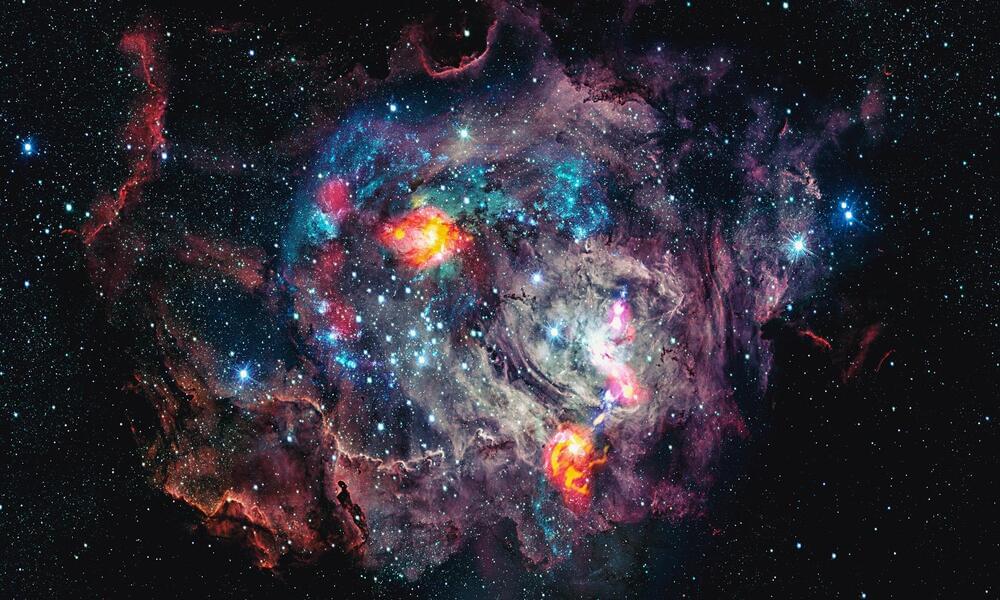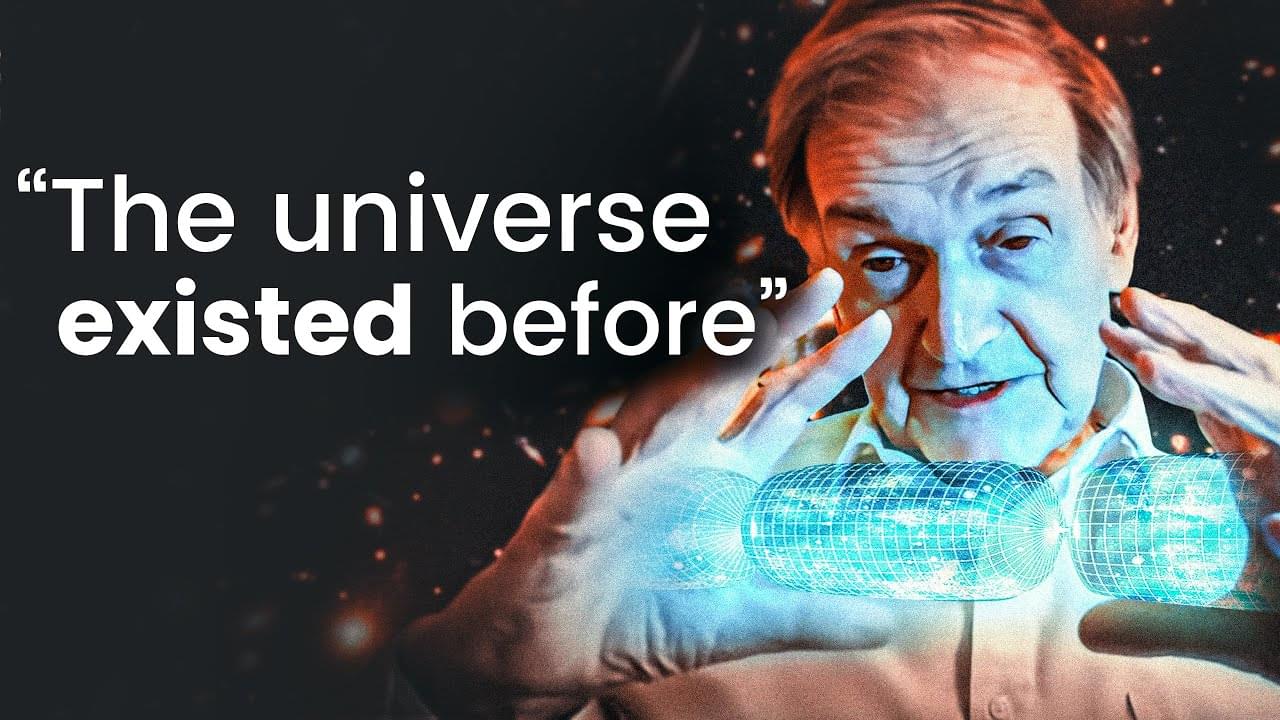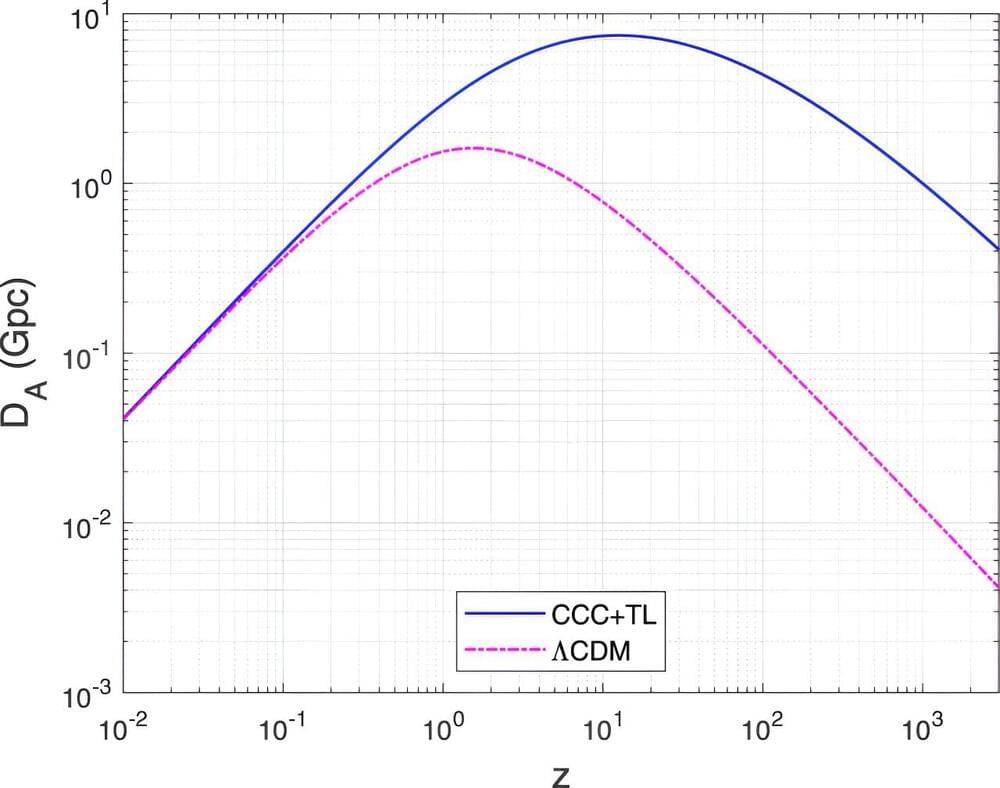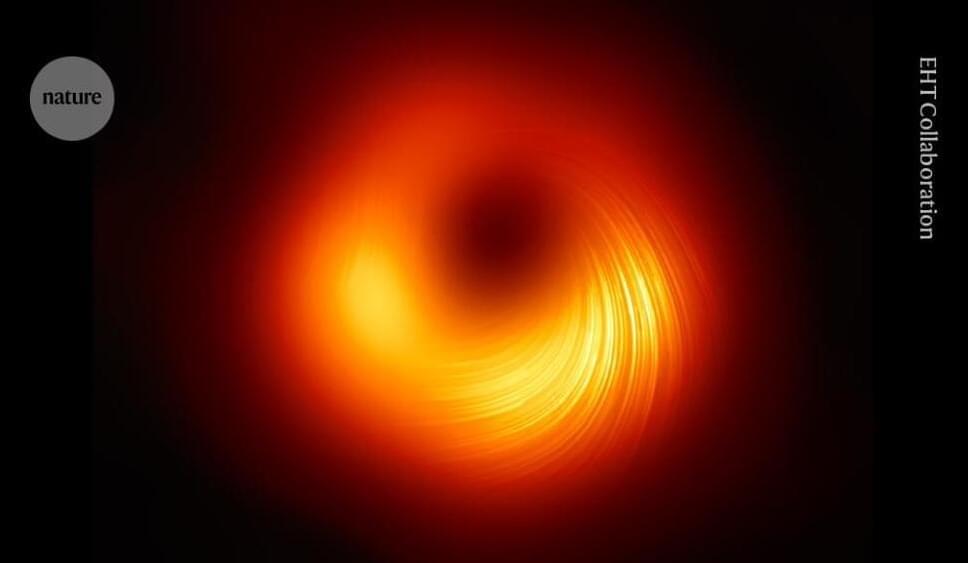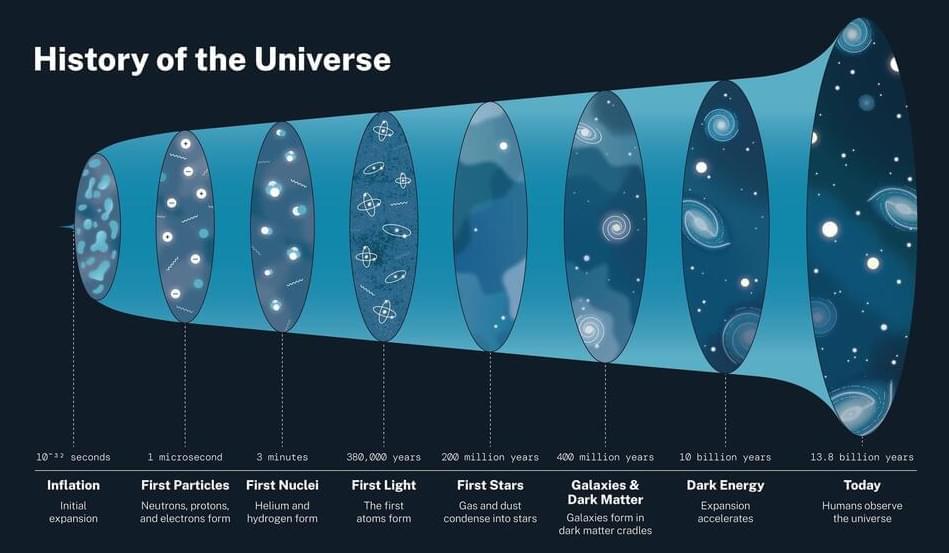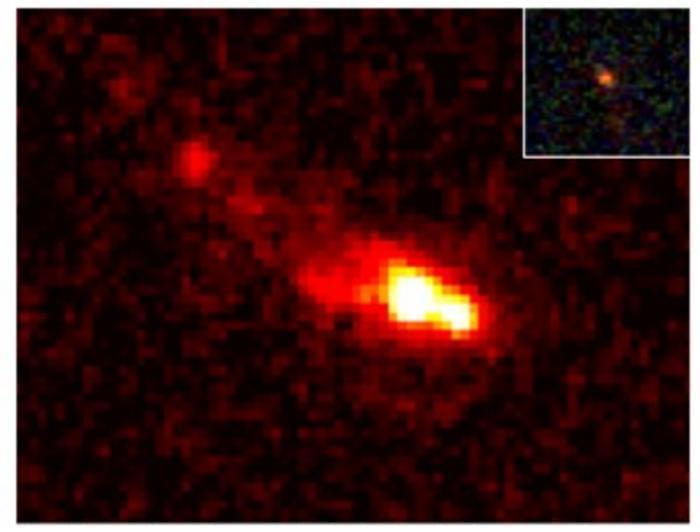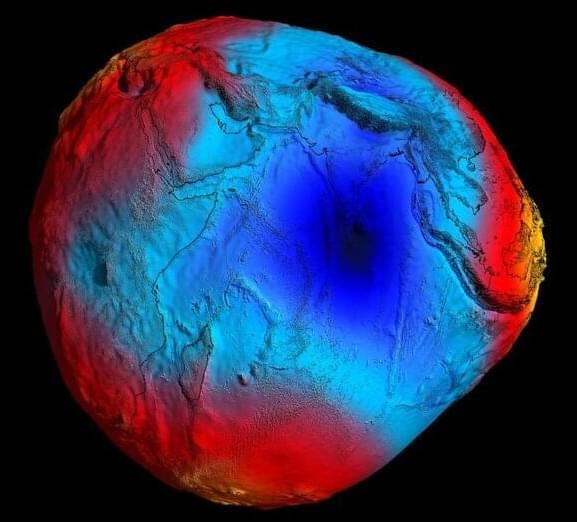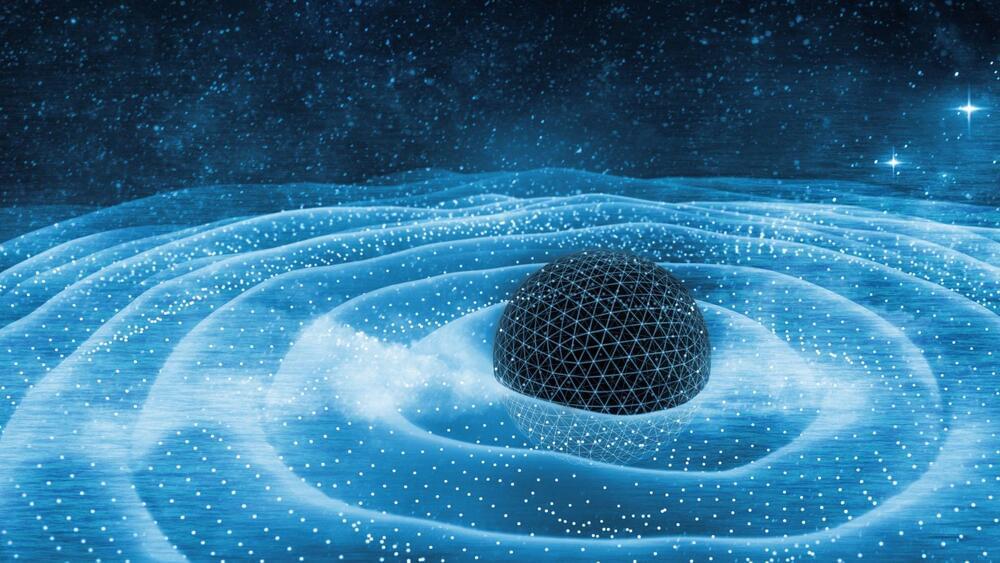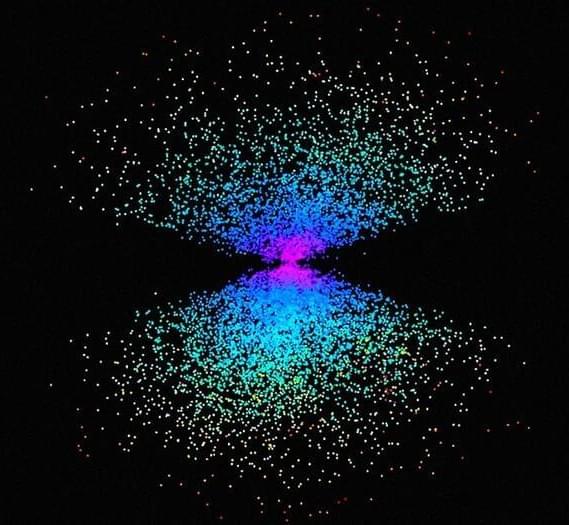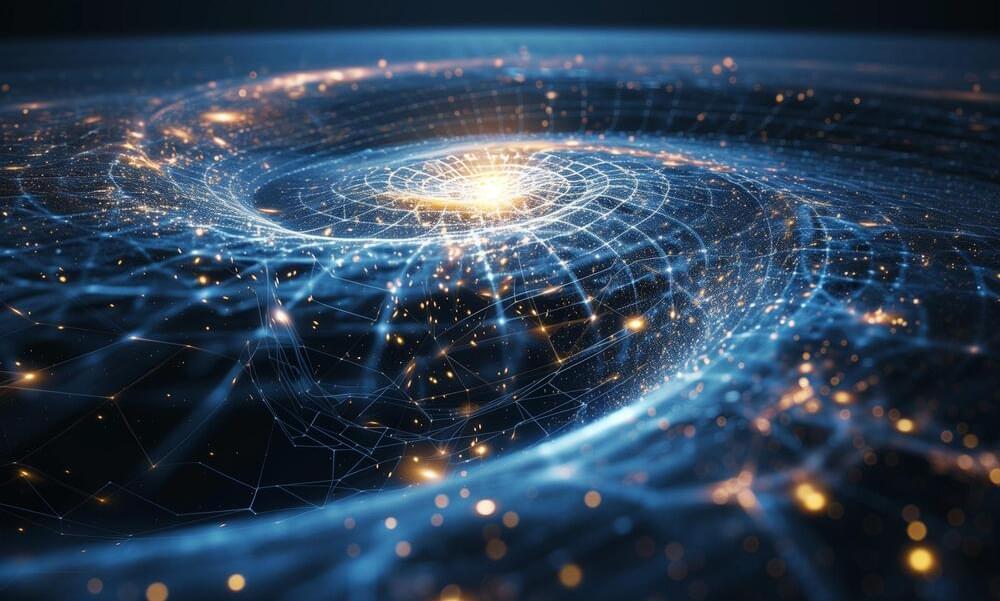Mar 16, 2024
Dark matter doesn’t exist and the universe is 27 billion years old • Earth
Posted by Paul Battista in category: cosmology
The fabric of the cosmos, as we currently understand it, comprises three primary components: ‘normal matter,’ ‘dark energy,’ and ‘dark matter.’ However, new research is turning this established model on its head.
A recent study conducted by the University of Ottawa presents compelling evidence that challenges the traditional model of the universe, suggesting that there may not be a place for dark matter within it.
Dark matter, a term used in cosmology, refers to the elusive substance that does not interact with light or electromagnetic fields and is only identifiable through its gravitational effects.
